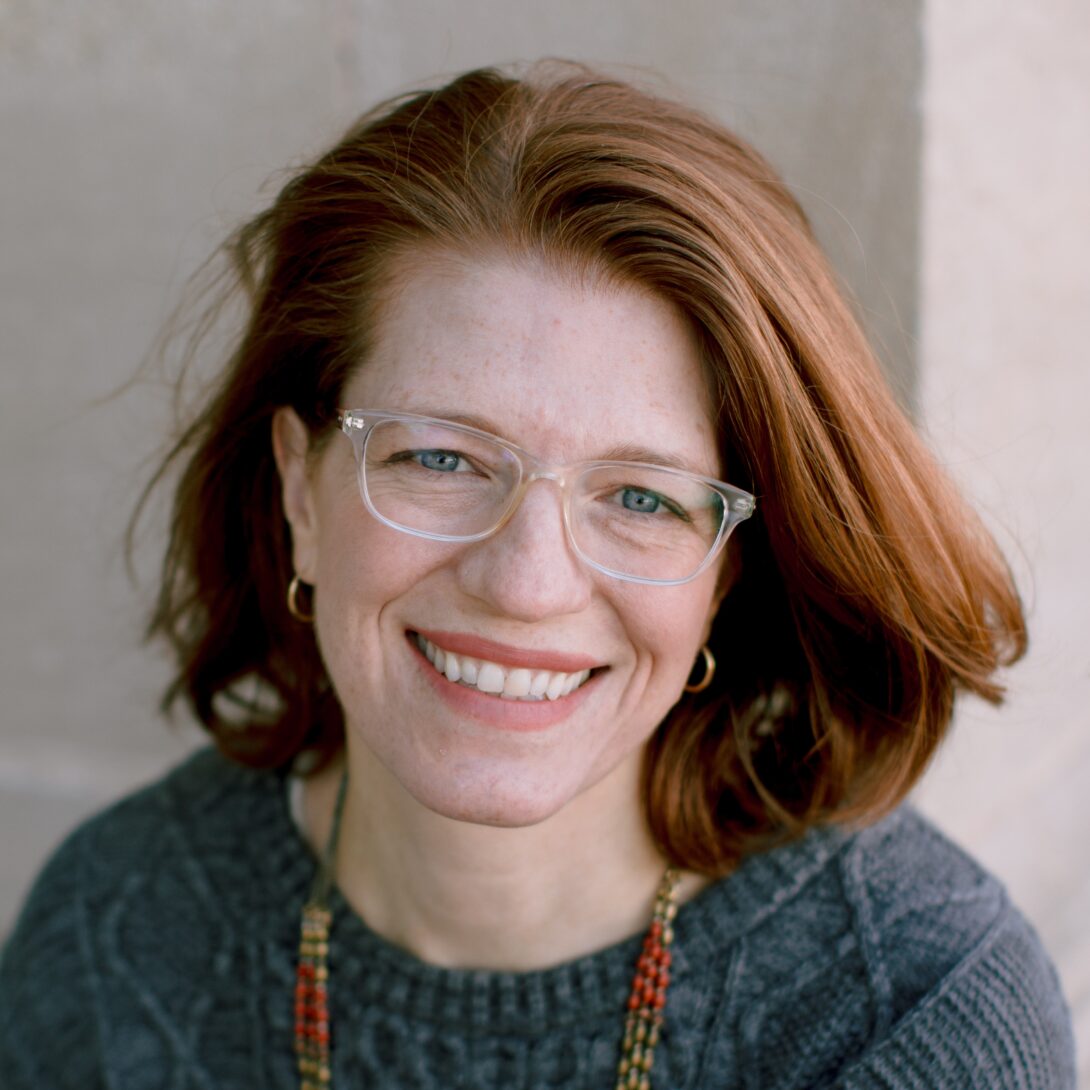Why Equitable Budgeting Needs Courage, Connection and Creativity
Introduction
November 28, 2023
By Allison Bell, CEO of Bellwether Consulting and Author of Herocrats: A Guide for Government Workers Leading Change
Creating more equitable outcomes in our communities will take much more than building awareness, becoming more culturally competent, or taking other diversity, equity, and inclusion (DEI) approaches that target individual behavior. Equity requires transformational changes to systems, including shifting power held by government. Most tangibly, public agencies need to evaluate and adapt the ways they make decisions about investing public dollars.
We can’t afford not to. Persistent wealth gaps between Black and Hispanic Americans on one hand, and white Americans on the other, have widened significantly, resulting in massive economic impacts. By closing the racial wealth gap, the US GDP could be 4 to 6 percent higher by 2028. And a study by the Federal Reserve found that racial inequality has cost the U.S. economy $51 trillion since 1990.
While no one player or agency can resolve these longstanding inequities alone, rank-and-file government workers often have more power than they realize or use. My recent book, Herocrats: A Guide for Government Workers Leading Change, shows how public servants can use their courage, connection, and creativity to spark transformation at the systems level.
To make public finance more equitable, a powerful first step is to establish transparency. Whether it’s an annual operating budget or a long-range investment plan, processes are often opaque to community members and agency employees alike. Fortunately, agency leaders are well-positioned to demystify financial decision-making processes by mapping and communicating about them.
Agency leaders who blaze this trail often need more than a little courage. After all, making a financial decision-making process visible is a form of power redistribution – a downright revolutionary act. Feathers may be ruffled. Blunders and harms may be exposed. Questions will almost certainly be asked and the answers may well not be popular ones.
Politics and power dynamics aside, distilling down such complex, protracted processes is often harder than anyone expects, either because few people fully understand them from end-to-end, or because the processes aren’t consistent.
Such was the case recently when a Metropolitan Planning Organization (MPO) set out to communicate how its region makes decisions about investing federal transportation dollars. I was part of a group that worked to map the kind of multi-year, multi-jurisdictional efforts that start by identifying a community transportation need and end with the construction of a transit project or roadway. Looking back over several decades, our group discovered that each project took a significantly different path, which made it difficult to articulate a common process – a finding that opened a conversation about what a more equitable process and outcome might be.
This leads to the power of connection. To understand how to make our shared systems more equitable, agencies can connect with the experts – in this case, the residents who are users of the transportation investments. A recent example comes from the Minnesota Department of Transportation (MnDOT), which updated its plan for how $36.7 billion will be invested over the next 20 years. MnDOT used a variety of platforms, including an online budget tool, to reach thousands of community members. It’s not easy to connect with residents about something as wonky as a state highway investment plan, but this effort gives a clear path to aligning investments with public priorities.
In addition, it’s important for end users of public dollars to connect with the internal experts: the public agency staff at all levels who administer the investments. Doing in-reach with frontline and mid-level staff often yields powerful insights into how to make more equitable financial decisions. Herocrats offers several examples of how an equity team of bus drivers, financial analysts, police officers, and others at Metro Transit worked across functional silos to transform financial decision-making throughout the agency.
This is where creativity comes in. After taking the courageous steps of articulating the current state and connecting with the experts, it is time to develop and test innovative solutions. The most successful leaders know that creative solutions will take different forms, and that they don’t need to personally have all the answers.
Creativity could take the form of adding data-driven equity criteria to the capital budgeting process, like the Minneapolis Park and Recreation Board has done. Or it could be creating a standing committee to provide input on financial decisions from an equity perspective, as the Minnesota Department of Health did with its Heal Council. Or it could mean going after new dollars to fund equity-driven investments, like the trillions currently available in the Inflation Reduction Act (IRA), Infrastructure Investment and Jobs Act (IIJA) or the CHIPS and Science Act (CHIPS).
In today’s environment, agencies may find themselves with more funding and data than ever. And when we band together to put bright lights and clarity on otherwise obscure processes, connect stakeholder groups, and test out creative solutions, we can transform decision-making in public finance at the systems level to create more equitable outcomes in our communities.
The contents of this blog post reflect those of the authors, and not necessarily those of the GFRC.
About the Author

Allison Bell uses connection, courage, and creativity to embolden changemakers and build equitable communities. Her expertise is rooted in over twenty years of hard-won successes in every sector. As a scrappy Peace Corps volunteer, she learned that getting things done is a matter of bringing the right people together, and not just counting on fancy technology or a big grant.
As the founder and CEO of Bellwether Consulting, Allison has leveraged the power of cross-sector collaborations with partners including the Brookings Institution, the State of Minnesota, the U.S. Department of Housing and Urban Development, and GREATER MSP. She was named one of the Top 100 Influencers in Local Government by Engaging Local Government Leaders in 2021. Her other superpowers involve riding in a bike gang, and hanging out with her diabolically adorable family.